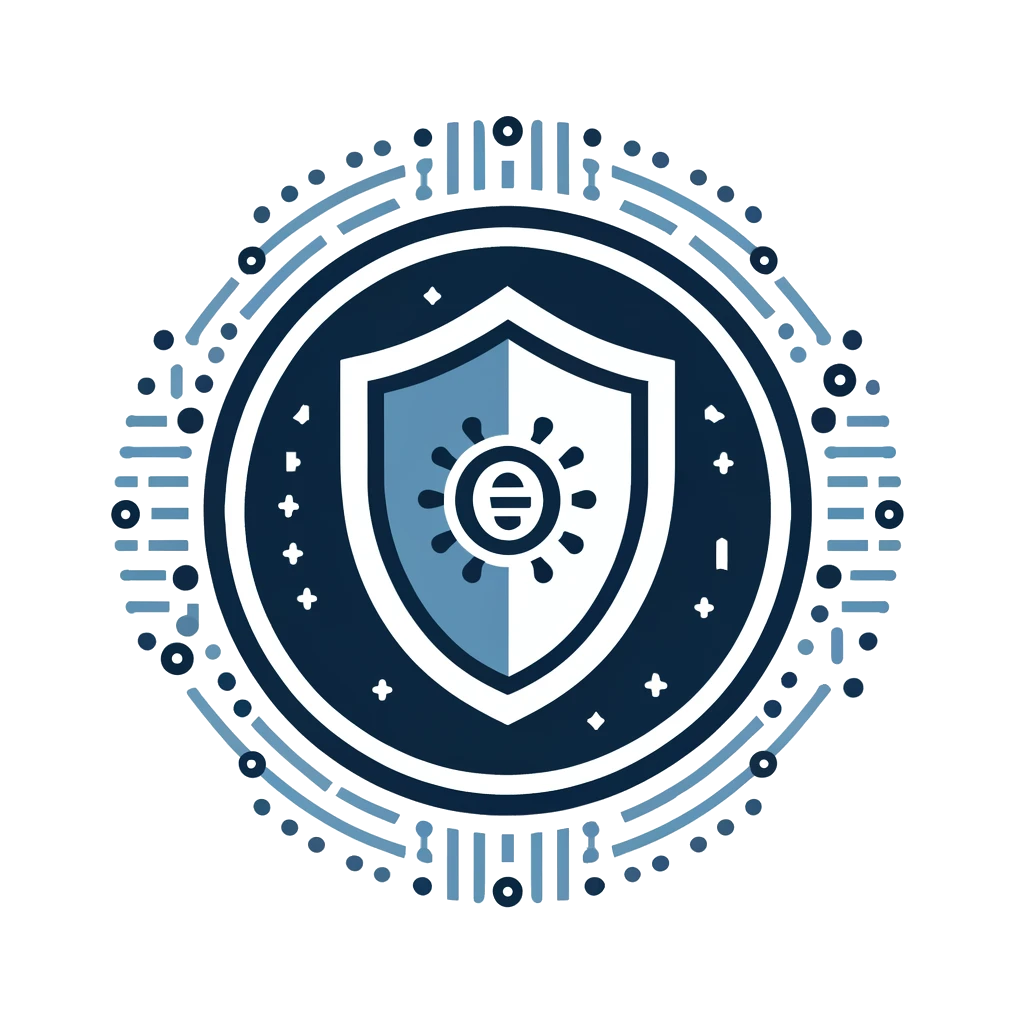Censorship Circumvention
Censorship Circumvention
Censorship circumvention refers to the practice of bypassing or circumventing systems, tools, or measures that restrict access to information or limit free expression. These measures are often implemented by governments, corporations, or other entities to suppress or control the flow of information, usually in the form of internet censorship. Censorship circumvention methods allow individuals to access restricted content, communicate freely, and express themselves without fear of reprisal.
Methods of Censorship Circumvention
There are several common techniques used to circumvent censorship:
- Virtual Private Networks (VPNs): VPNs create an encrypted tunnel for internet traffic, allowing users to bypass network filters and access restricted websites.
- Proxy Servers: Proxy servers act as intermediaries between the user and the internet, allowing users to access content indirectly and hide their actual location or identity.
- Tor (The Onion Router): Tor is a free, open-source software that enables anonymous communication by routing internet traffic through a network of volunteer-operated servers. It helps users bypass censorship while maintaining privacy.
- Encrypted Messaging Apps: Tools like Signal and Telegram allow users to send encrypted messages, ensuring that their communications cannot be easily intercepted or censored.
- DNS Tunneling: This method encodes data within DNS queries to bypass content filtering systems that rely on traditional HTTP/HTTPS traffic.
- Mirror Websites: Websites that are copies of an original site and are often used to bypass restrictions when the original is censored.
Legal and Ethical Considerations
While censorship circumvention is often seen as a means to protect free speech and access to information, it can raise legal and ethical concerns. In some countries, circumventing censorship may violate laws, leading to penalties or prosecution. Additionally, some argue that circumvention can be used to access harmful or illegal content, which complicates the ethical debate.
Censorship Circumvention in Different Countries
Different countries impose varying degrees of censorship. Some notable examples include:
- China: Known for its strict censorship regime, often referred to as the "Great Firewall of China." This system blocks access to many international websites and online services, such as Google, Facebook, and Twitter. Censorship circumvention is common among Chinese citizens.
- Iran: The government imposes heavy restrictions on internet access, including blocking social media platforms and filtering content deemed politically sensitive. Many Iranians use VPNs and other circumvention tools to bypass these restrictions.
- Turkey: The Turkish government has a history of blocking websites and restricting social media during political unrest. Turkish citizens often rely on circumvention tools to access uncensored information.
- United States: Although the U.S. does not have nationwide internet censorship, issues like net neutrality and data privacy continue to raise concerns about potential future censorship and the need for circumvention tools.
See Also
- Internet Censorship
- Net Neutrality
- Digital Rights
- Encryption
- The Great Firewall of China
- Tor
- Internet Freedom
